Scenesofspace - Scenes Of Space

More Posts from Scenesofspace and Others


The Poles of Mars.
L: The North Pole, pictured down to the equator R: The South Pole, in more detail
Credit: ESA
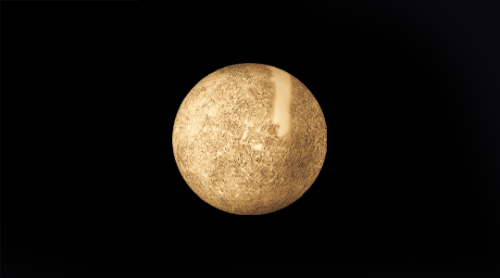
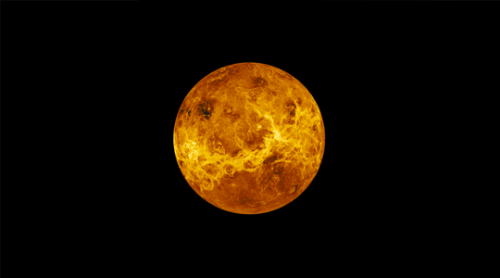
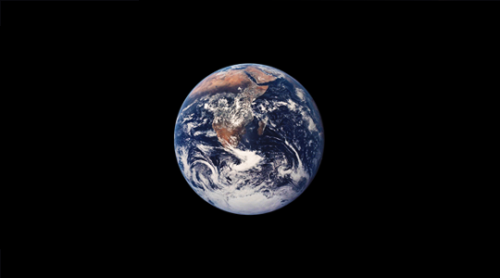
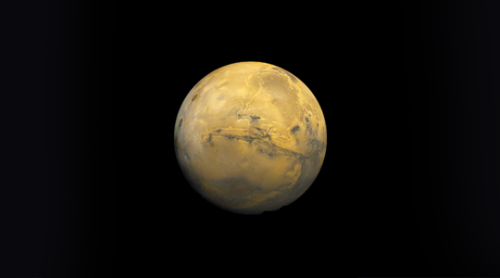
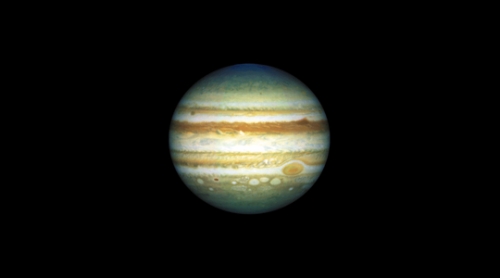
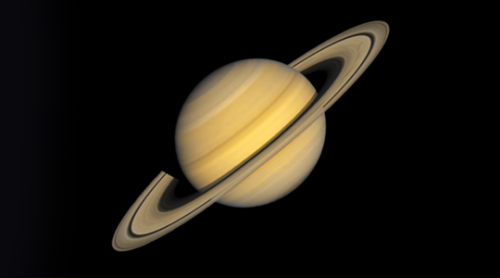
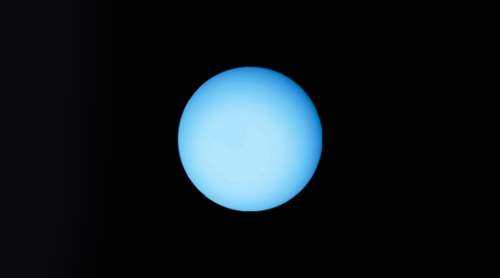
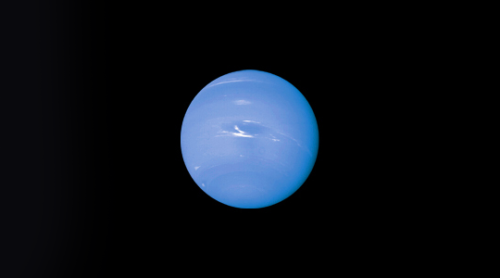
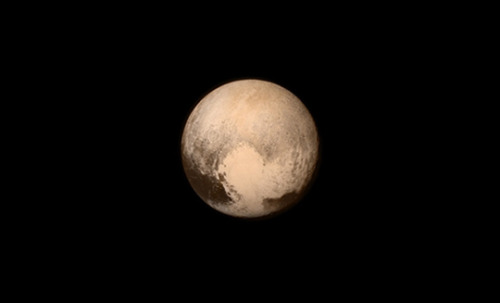
All here…
PLUTO
The leisurely pace of light speed
In a 45-minute video called Riding Light, Alphonse Swinehart animates the journey outward from the Sun to Jupiter from the perspective of a photon of light. The video underscores just how slow light is in comparison to the vast distances it has to cover, even within our own solar system. Light takes 8.5 minutes to travel from the Sun to the Earth, almost 45 minutes to Jupiter, more than 4 years to the nearest star, 100,000 years to the center of our galaxy, 2.5 million years to the nearest large galaxy (Andromeda), and 32 billion years to reach the most remote galaxy ever observed.1 The music is by Steve Reich (Music for 18 Musicians), whose music can also seem sort of endless.
If you’re impatient, you can watch this 3-minute version, sped up by 15 times:
This isn’t strictly true. As I understand it, a photon that just left the Sun will never reach that most remote galaxy.↩


A solar eclipse (left) happens when the moon gets in the way of the sun’s light and casts its shadow on Earth. During a lunar eclipse (right), Earth gets in the way of the sun’s light hitting the moon.
Space Probes
The Spaceprob.es site tracks the active probes in operation in and around our solar system, from Voyager I (19.56 billion km from Earth) to the Artemis probes (358,000 km away). (via @BadAstronomer)
Here's What 10 Million Stars Look Like
Using the Dark Energy Camera at the Cerro Tololo observatory in Chile, astronomers took an image of the stars clustered around the center of our Milky Way galaxy that shows about 10 million stars. Check out the zoomable version for the full experience.
Looking at an image like this is always a bit of a brain-bender because a) 10 million is a huge number and b) the stars are so tightly packed into that image and yet c) that image shows just one tiny bit of our galactic center, d) our entire galaxy contains so many more stars than this (100-400 billion), and e) the Universe perhaps contains as many as 2 trillion galaxies. And if I’m remembering my college math correctly, 400 billion × 2 trillion = a metric crapload of stars. (via bad astronomy)
Chasing Storms at 17,500mph
Flying 250 miles above the Earth aboard the International Space Station has given me the unique vantage point from which to view our planet. Spending a year in space has given me the unique opportunity to see a wide range of spectacular storm systems in space and on Earth.
The recent blizzard was remarkably visible from space. I took several photos of the first big storm system on Earth of year 2016 as it moved across the East Coast, Chicago and Washington D.C. Since my time here on the space station began in March 2015, I’ve been able to capture an array of storms on Earth and in space, ranging from hurricanes and dust storms to solar storms and most recently a rare thunder snowstorm.

Blizzard 2016

Hurricane Patricia 2015

Hurricane Joaquin 2015

Dust Storm in the Red Sea 2015

Dust Storm of Gobi Desert 2015

Aurora Solar Storm 2015

Aurora Solar Storm 2016

Thunderstorm over Italy 2015

Lightning and Aurora 2016

Rare Thunder Snowstorm 2016
Follow my Year In Space on Twitter, Facebook and Instagram.



The Last Shuttle, Dan Winters

Hey Venus






Space cards
-
 califun831-blog liked this · 6 years ago
califun831-blog liked this · 6 years ago -
 elj37-blog reblogged this · 7 years ago
elj37-blog reblogged this · 7 years ago -
 elj37-blog liked this · 7 years ago
elj37-blog liked this · 7 years ago -
 blownnitro reblogged this · 7 years ago
blownnitro reblogged this · 7 years ago -
 blownnitro liked this · 7 years ago
blownnitro liked this · 7 years ago -
 aircraftspecialist-blog reblogged this · 7 years ago
aircraftspecialist-blog reblogged this · 7 years ago -
 dufflot liked this · 8 years ago
dufflot liked this · 8 years ago -
 kylosam liked this · 8 years ago
kylosam liked this · 8 years ago -
 commodorebuzzkill liked this · 8 years ago
commodorebuzzkill liked this · 8 years ago -
 us2626-blog liked this · 8 years ago
us2626-blog liked this · 8 years ago -
 crownedstoat liked this · 8 years ago
crownedstoat liked this · 8 years ago -
 crownedstoat reblogged this · 8 years ago
crownedstoat reblogged this · 8 years ago -
 soggymcnugget1217 reblogged this · 8 years ago
soggymcnugget1217 reblogged this · 8 years ago -
 myheartisinthetardis liked this · 8 years ago
myheartisinthetardis liked this · 8 years ago -
 noreaster88 liked this · 9 years ago
noreaster88 liked this · 9 years ago -
 rarerubber reblogged this · 9 years ago
rarerubber reblogged this · 9 years ago -
 blancovest liked this · 9 years ago
blancovest liked this · 9 years ago -
 svmix reblogged this · 9 years ago
svmix reblogged this · 9 years ago -
 penitanttango liked this · 9 years ago
penitanttango liked this · 9 years ago -
 think-of-the-lovely-smell reblogged this · 9 years ago
think-of-the-lovely-smell reblogged this · 9 years ago -
 encoreducowbells liked this · 9 years ago
encoreducowbells liked this · 9 years ago -
 theforgottenmaybe reblogged this · 9 years ago
theforgottenmaybe reblogged this · 9 years ago -
 nico2itt reblogged this · 9 years ago
nico2itt reblogged this · 9 years ago -
 lee-west liked this · 9 years ago
lee-west liked this · 9 years ago -
 calrhyo reblogged this · 9 years ago
calrhyo reblogged this · 9 years ago -
 toofrops liked this · 9 years ago
toofrops liked this · 9 years ago -
 terminus-est reblogged this · 9 years ago
terminus-est reblogged this · 9 years ago -
 rogerthornhill1962 liked this · 9 years ago
rogerthornhill1962 liked this · 9 years ago -
 marcels14426 reblogged this · 9 years ago
marcels14426 reblogged this · 9 years ago -
 treybien98 reblogged this · 9 years ago
treybien98 reblogged this · 9 years ago -
 cyclic-origin reblogged this · 9 years ago
cyclic-origin reblogged this · 9 years ago -
 wiz-kid reblogged this · 9 years ago
wiz-kid reblogged this · 9 years ago